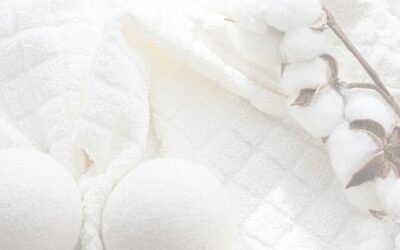What Are “Natural Fabrics” and Why Are They a Thing?
In a world dominated by synthetic materials, “natural fabrics” are making a strong comeback. But what exactly are they? Natural fabrics come from plants, animals, or minerals and are minimally processed to maintain their original structure. Examples include cotton, linen, wool, silk, and hemp. Unlike synthetic fabrics like polyester or nylon, which are made from petrochemicals, natural fabrics are biodegradable, breathable, and often much gentler on the skin.
So why is “natural fabrics” a thing now? With growing concerns over sustainability, health, and environmental impact, more people are shifting towards natural fibers. These fabrics not only reduce our carbon footprint but are also safer for our bodies. They don’t contain the harmful chemicals found in synthetics, and they allow our skin to breathe, reducing the risk of irritation or allergies.
In a world increasingly focused on conscious living, choosing natural fabrics is a simple but powerful way to support a healthier lifestyle and a more sustainable planet. Let’s embrace the change and make more mindful choices—starting with what we wear!
Browse Our Favorite Finds
Threads of Time: Woven Epics of Flanders
Threads of Time: A Journey Through World Folk...
Fast Fashion vs. Slow Fashion: Why It’s Time to Rethink Our Wardrobes
There are shirts in our closets that have never...
Cotton, Linen & Wool: Why These Fabrics Have Lasted for Centuries
Written in the romantic, breezy spirit of Pure...


